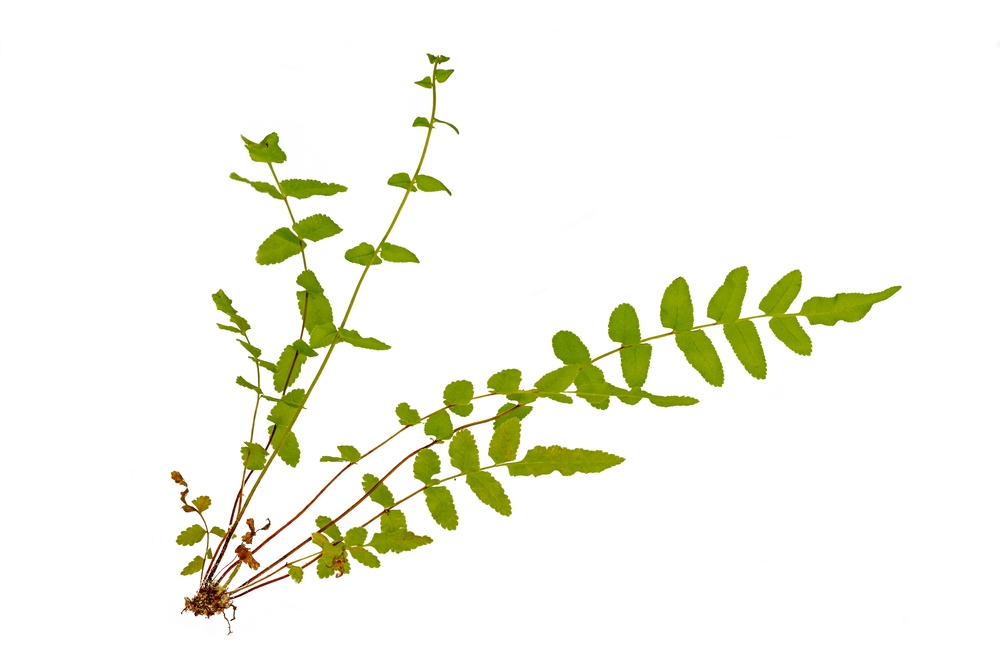Ferns are stunning plants that you can grow indoors or outdoors. You can find them in several varieties, each displaying different shapes and colors. So, you shouldn’t have issues finding one suitable to your needs and preferences.
Because ferns are so stunning, it is no wonder once you have a plant, you would like to see it everywhere. But some plants are less challenging to propagate than others. For instance, can you root fern cuttings in water? And how can you make the most out of this practice?
Keep reading this essential guide to learning everything you must know on the topic.
Can You Root Fern Cuttings in Water?
Water propagation is one of the easiest methods to get more plants from the “mother” individual. All you have to do is take a couple of healthy cuttings and place them in water.
However, taking cuttings from evergreen ferns and propagating them in water won’t give you what you want. Indeed, these plants need roots to thrive and grow.
But that doesn’t mean you can’t grow ferns in water. It means that you should take care and do it the right way. For instance, you can grow fern cuttings in water when you keep the plant and its roots in a vase with water.
With proper care, you’ll be able to grow ferns in water for as long as you want. But jump to the following section to get details about how to do it. If you decide to keep some fronds in the water (without roots), they won’t survive more than a couple of weeks.
How to Propagate Ferns in Water
So while you cannot propagate ferns in water the way they are, you can get a section of the plant with roots and fronds and get excellent results. Before you place them in a container with water, remember to lightly wash the roots to remove any soil that might be attached to them. And if you notice rotten roots, remove them.
Once the “cuttings” are ready, you can move them to the vase. Consider adding stones or gravel to keep the roots in place. To get better results, place your ferns in a location they will receive indirect light. Indeed, exposure to sun rays might damage your plant’s cuttings and prevent them from growing.
You must change the water weekly to encourage growth (and prevent issues). Also, consider cleaning the bowl regularly to minimize the spread of diseases and infections. While growing your ferns in water is an excellent way to minimize the risk of fungal infections, diseases, and overwatering, it might not be the best method to propagate your plants. If you don’t like to wait, you’ll have better results making fern clones by dividing your plant. In the following sections, you’ll learn all you need to know about fern propagation.
Best Ways to Propagate Ferns
Take a mature clump of ferns and carefully dig it out from the ground. Remember that, depending on the species you decide to propagate, you may have to use a sharp knife or a pair of shears to cut and divide your plant. Then, take the piece you separated and move it to a different container with a new potting mix. Don’t forget to keep the plant well-watered to increase its chances of getting established in the soil.
Additionally, you should know that ferns do not have seeds. In nature, they propagate through spores. And you can do so at home too. However, it is a process that requires plenty of patience.
Plus, it is not suitable for any gardener. Indeed, you’ll have to collect spores from fertilized fronds (which tend to be dark brown or golden). Place the cutting on a sheet of paper and cover it to prevent exposure to the air and other external elements.
If you picked the right front, you should see a brown powder on the paper after a couple of days. But that’s not the end of the procedure! Indeed, now you have to sow the spores.
Start by fertilizing a glass container and preparing a peat pellet. You can also put a layer of moist but not soggy soil at the bottom of the container: you’ll get similar results.
Transfer the spores to the container and cover them with plastic. The idea is to recreate a greenhouse’s conditions. If you maintain a stable temperature and keep the spores moist, you’ll see some growth after a month.

